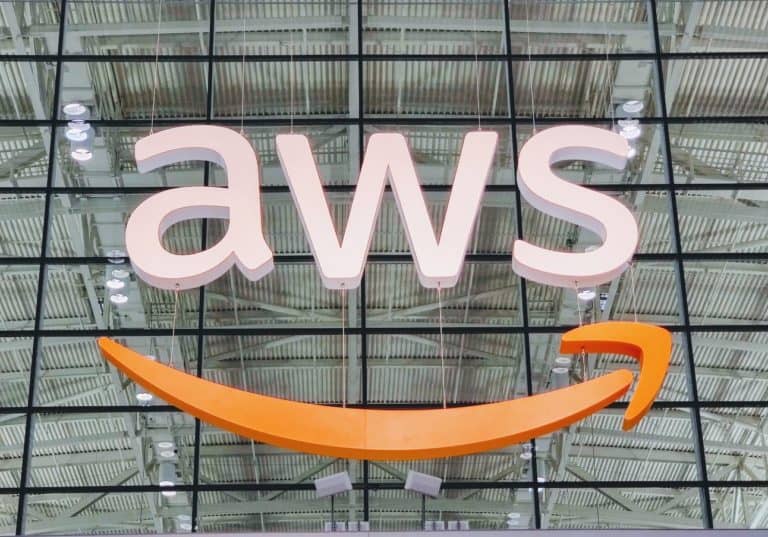Last week, Amazon Web Services announced that it will open 30 new Local Zones worldwide in the next two years. In a conversation Techzine had with AWS, it emerged that AWS will open Local Zones in at least eleven European countries; Austria, Belgium, Czech Republic, Denmark, Finland, Germany, Greece, Netherlands, Norway, Poland and Portugal.
With this announcement, AWS will increase its presence on the European continent. In 2022 and 2023, all Local Zones will be built and made available. These Local Zones are in addition to the new regions that are already planned or may still be announced.
We have already described what AWS Local Zones are. AWS Local Zones make it possible to make applications available to customers that require low latency. Not every company can be located close to an AWS region. If you look at the current AWS regions in Europe, they are located in Frankfurt, Ireland, London, Milan, Paris and Stockholm. Most companies in Europe can connect to AWS within 20ms, which is fast enough. However, for companies with critical database solutions or companies trading on the stock exchange, every millisecond counts. AWS came up with Local Zones to solve this because AWS cannot possibly build a complete region in every country.
A Local Zone is a data center where customers can host infrastructure that requires low latency. Therefore, the intention is not to place the entire infrastructure in such a local zone. That is why AWS only offers a limited number of services in a Local Zone. In addition, the price point of a Local Zone is higher than that of a region. Because Local Zones are smaller, by AWS standards, the local zones are dependent on a region that is located nearby.
When exactly the Local Zones will become available is unclear, it will happen somewhere in the next 24 months. We can conclude that the chance is small that AWS will open full-fledged regions in smaller countries that get Local Zones. For example, the Netherlands, Belgium, Denmark and Portugal.
